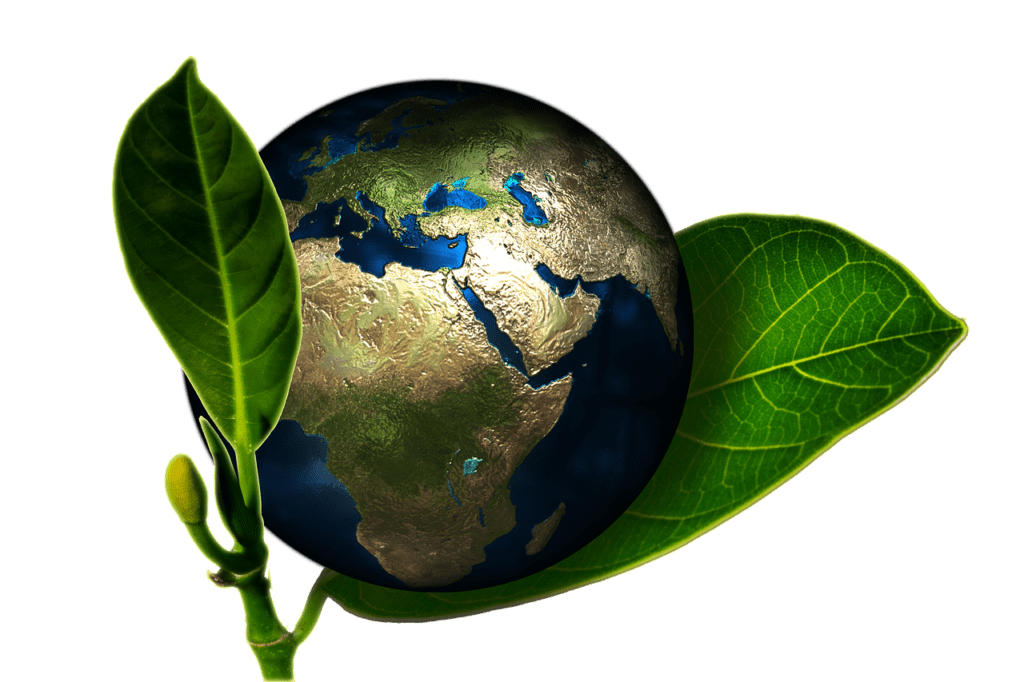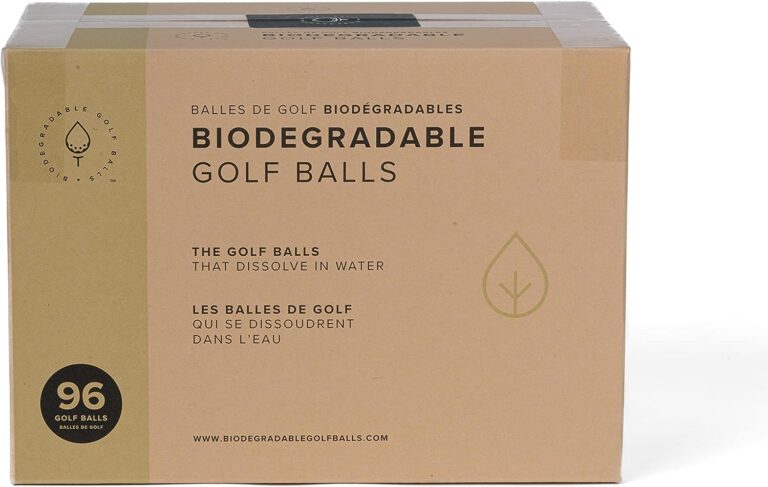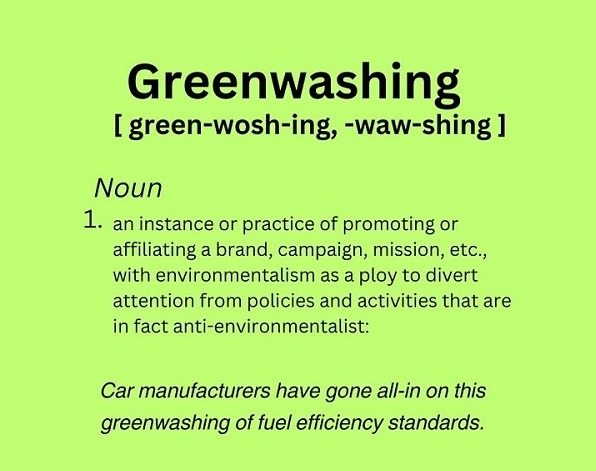How To Dispose of Bio Products Properly.
Learn how to use and dispose of biodegradable products properly with this informative post. From understanding labels to proper storage and disposal methods, you’ll be equipped to reduce waste and live a more sustainable lifestyle. Make a difference in the environment today!
You’ve probably heard about the benefits of using biodegradable products, but do you know how to actually use and dispose of them properly? In this article, we’ll guide you through the process step by step, ensuring that you make the most of these eco-friendly products while minimizing their impact on the environment. From understanding the labels and materials to knowing where and how to dispose of them, you’ll become well-equipped to make a difference in reducing waste and living a more sustainable lifestyle. So let’s get started and discover the best practices for using and disposing of biodegradable products!

Understanding Biodegradable Products
Definition of Biodegradable Products
Biodegradable products are items that are capable of naturally breaking down and decomposing into their basic components over time. These products are made from organic materials that can be easily broken down by microorganisms, such as bacteria and fungi, without causing harm to the environment. Unlike non-biodegradable products, which can take centuries to decompose, biodegradable products offer a sustainable and eco-friendly alternative.
Types of Biodegradable Products
Biodegradable products come in various forms, including but not limited to, packaging materials, single-use utensils, food containers, and even clothing. These products are typically made from materials like plant fibers, recycled paper, wood, and certain types of biodegradable plastics. By choosing biodegradable products, you can significantly reduce your carbon footprint and contribute to a cleaner, healthier planet.
Benefits of Using Biodegradable Products
Using biodegradable products has numerous benefits for both individuals and the environment. Firstly, biodegradable products help mitigate the environmental impact caused by non-biodegradable alternatives. When these products decompose, they release minimal, if any, harmful chemicals into the soil and water sources.
Additionally, biodegradable products reduce the consumption of non-renewable resources, as they are made from renewable materials like plants and recycled paper. By supporting the use of biodegradable products, you are promoting sustainability and supporting a greener economy.
Using Biodegradable Products
Choosing the Right Biodegradable Products
When choosing biodegradable products, it is essential to look for certifications and labels that guarantee their biodegradability. Look for logos such as the Biodegradable Products Institute (BPI) certification, which ensures that the product meets rigorous standards for biodegradability. Additionally, opt for products made from organic or plant-based materials rather than those made from synthetic materials.
Proper Storage of Biodegradable Products
To ensure the longevity and effectiveness of biodegradable products, it is crucial to store them properly. Keep biodegradable products in a cool, dry place away from direct sunlight and moisture. This will prevent premature decomposition and maintain their quality until they are ready to be used.
Reading and Following Instructions
Each biodegradable product comes with specific usage instructions that must be followed. Whether it’s food containers, utensils, or cleaning products, take the time to read and understand the recommendations provided by the manufacturer. Following these instructions will help you make the most of the product’s lifespan and contribute to its proper decomposition once it is disposed of.
Avoiding Contamination
To ensure the effectiveness of biodegradable products, it is crucial to prevent contamination. For example, when using biodegradable food containers, avoid combining them with non-biodegradable materials or putting non-food items in them. Separating waste properly and disposing of it in the appropriate containers will help prevent contamination and ensure that biodegradable products can decompose naturally.
Proper Disposal of Biodegradable Products
Separating Biodegradable Products from Non-Biodegradable
Proper disposal involves separating biodegradable products from non-biodegradable items. This allows for easier sorting and processing during waste management. Designate separate bins or containers specifically for biodegradable products to ensure they are not mistakenly mixed with non-biodegradable waste.
Composting Biodegradable Products
One of the best ways to dispose of biodegradable products is through composting. Composting is a natural process where organic waste, including biodegradable products, is decomposed into nutrient-rich soil. To start a composting system, you can set up a compost pile or use a compost bin, following specific guidelines for composting.
Landfill Disposal Guidelines
If composting is not an option, disposing of biodegradable products in landfills is an alternative. However, it is crucial to adhere to landfill disposal guidelines to reduce the environmental impact. Biodegradable products should be placed in designated areas of the landfill, separate from non-biodegradable waste. This separation helps facilitate the decomposition process and prevent the accumulation of non-biodegradable materials.
Recycling Options for Biodegradable Products
While not all biodegradable products are recyclable, some can be recycled to minimize waste. Check with local recycling facilities to determine if they accept specific biodegradable materials such as paper or certain types of biodegradable plastics. Recycling biodegradable products ensures that the materials are repurposed and used again, reducing the demand for new resources.
Composting Biodegradable Products
Setting Up a Composting System
Composting biodegradable products involves setting up a composting system. This can be done in your backyard or using a composting bin or tumbler. Ensure that you have enough space and proper ventilation for the compost pile or bin. Choose a location away from direct sunlight and damp areas to maintain optimal decomposition conditions.
Choosing the Right Compostable Materials
Not all biodegradable products are suitable for composting. It is important to choose the right compostable materials to ensure the composting process is efficient and effective. Compostable materials include organic waste such as fruit and vegetable peels, coffee grounds, eggshells, yard trimmings, and certain types of biodegradable packaging and utensils. Avoid composting materials that may contain toxins or could attract pests.
Composting Process and Maintenance
Composting requires maintaining the right conditions for decomposition. Ensure a good balance of green waste (nitrogen-rich) and brown waste (carbon-rich) to enable microbial activity. Regularly turn the compost pile or mix the contents in the compost bin to provide oxygen and facilitate breakdown. Monitor the moisture level and add water if necessary to keep a moist environment for the microorganisms.
Using Compost in Your Garden
Once the composting process is complete and the biodegradable products have broken down into nutrient-rich soil, you can use the compost in your garden. Spread the compost over flower beds, vegetable gardens, or potted plants to improve soil fertility, retain moisture, and promote healthy plant growth. Using compost helps sustain the cycle of organic matter and reduces the need for chemical fertilizers.

Landfill Disposal Guidelines for Biodegradable Products
Understanding Landfills and Biodegradation
Landfills are specially designed areas for waste disposal, but the lack of oxygen and sunlight slows down the natural biodegradation process. When biodegradable products are disposed of in landfills, they break down slowly, resulting in the release of methane gas, a potent greenhouse gas. To minimize the environmental impact, it is important to follow proper landfill disposal guidelines for biodegradable products.
Special Considerations for Biodegradable Plastics
While biodegradable plastics offer a more eco-friendly alternative to traditional plastics, they require special considerations when disposed of in landfills. Since landfills lack the optimal conditions for biodegradation, biodegradable plastics may not break down as quickly or efficiently as they would in composting facilities. Therefore, it is important to opt for composting or recycling when possible, specifically for biodegradable plastic products.
Proper Packaging of Biodegradable Products in Landfills
When disposing of biodegradable products in landfills, proper packaging is essential. Use designated biodegradable waste bags or containers to separate these items from non-biodegradable waste. This ensures that biodegradable products are appropriately identified and handled within landfill facilities. By packaging biodegradable products separately, you facilitate their decomposition process and reduce the risk of contamination.
Recycling Options for Biodegradable Products
Recycling Biodegradable Paper Products
Many biodegradable paper products, such as cardboard, paper bags, and tissue paper, can be recycled. Check with local recycling facilities to determine if they accept these materials and the specific guidelines for recycling. Ensure that the biodegradable paper products are free from contaminants such as food residues or plastic coatings before recycling.
Recycling Biodegradable Plastics
Certain types of biodegradable plastics can be recycled, but not all recycling facilities are equipped to handle them. Look for recycling facilities that specifically accept biodegradable plastics and follow their guidelines for recycling. It is important to sort and separate the biodegradable plastics from other recyclables to ensure they are properly processed.
Finding Local Recycling Facilities
To recycle biodegradable products effectively, it is important to find local recycling facilities that accept these materials. Contact your local waste management or recycling center to inquire about their recycling programs and facilities. They can provide you with the necessary information on what types of biodegradable products they accept and how to properly prepare them for recycling.

Promoting Awareness and Education
Spreading the Word about Biodegradable Products
One of the most effective ways to promote the use and proper disposal of biodegradable products is by spreading awareness. Share information about biodegradable products with family, friends, and colleagues. Utilize social media platforms, community newsletters, or local events to educate others on the benefits of using biodegradable products.
Educating Others on Proper Usage and Disposal
Simply using biodegradable products is not enough; proper usage and disposal are equally important. Educate others on how to choose the right biodegradable products, read and follow instructions, and dispose of them properly. By sharing your knowledge, you can inspire others to make conscious choices that have a positive impact on the environment.
Involving Communities and Organizations
Collaborating with communities and organizations is crucial in promoting the use and proper disposal of biodegradable products. Consider organizing events or workshops focused on sustainability and biodegradability. Partner with local businesses, schools, or environmental organizations to create initiatives that raise awareness and implement responsible practices.
Misconceptions about Biodegradable Products
Understanding the Limitations of Biodegradability
It is important to understand that not all biodegradable products are created equal. Some products may claim to be biodegradable but require specific conditions or facilities for proper decomposition. Recognize the limitations of biodegradability and choose products that are certified and comply with established standards. Additionally, it is crucial to consider the entire lifecycle of a product, including its production and disposal, to assess its environmental impact accurately.
Avoiding Greenwashing and False Claims
Greenwashing refers to the deceptive marketing practice of making false or misleading claims about a product’s environmental benefits. Be wary of products labeled as “environmentally friendly” or “green” without proper certifications or evidence to support these claims. Research, verify, and support products from reputable manufacturers and companies that are transparent about their environmental practices.
Importance of Certifications and Standards
When selecting biodegradable products, certifications and standards play a vital role in ensuring their true biodegradability. Look for recognized certifications such as the Biodegradable Products Institute (BPI) certification or the ASTM D6400 standard for compostable plastics. These certifications indicate that the product has met rigorous testing and complies with industry standards for biodegradability.
Challenges and Solutions
Lack of Infrastructure for Biodegradable Product Disposal
One of the challenges surrounding biodegradable products is the lack of infrastructure for their proper disposal. Many municipalities do not have dedicated facilities or systems to handle biodegradable waste, leading to improper disposal and potentially negating the environmental benefits of these products. To address this challenge, it is crucial to advocate for the development of waste management infrastructure that accommodates biodegradable products, such as composting facilities and specialized recycling centers.
Encouraging Development of Recycling Technologies
The development of recycling technologies that can effectively process biodegradable products is essential in reducing waste and promoting sustainability. Encourage and support research and innovation in the field of recycling to find more efficient and cost-effective methods for handling biodegradable materials. By investing in recycling technologies, we can create a circular economy where biodegradable products are continuously recycled and repurposed.
Policy Changes and Regulations
Policy changes and regulations play a significant role in addressing the challenges associated with biodegradable products. Governments and regulatory bodies should implement policies that support the use and proper disposal of biodegradable products. This can include providing incentives for businesses to adopt environmentally friendly practices, mandating the use of biodegradable materials in certain industries, or establishing guidelines for waste management systems that prioritize biodegradable waste.
Conclusion
Understanding and effectively using biodegradable products is crucial in our collective efforts towards a more sustainable future. By choosing biodegradable products, properly using and disposing of them, and promoting awareness and education, we can make a significant positive impact on the environment. It is important to continue addressing challenges, encouraging the development of recycling technologies, and advocating for policy changes that support the use of biodegradable products. Together, we can create a greener and healthier planet for future generations.






